
News
Exploring the Future of Sustainable Living: The Rise of Prefabricated Houses in Modern Architecture
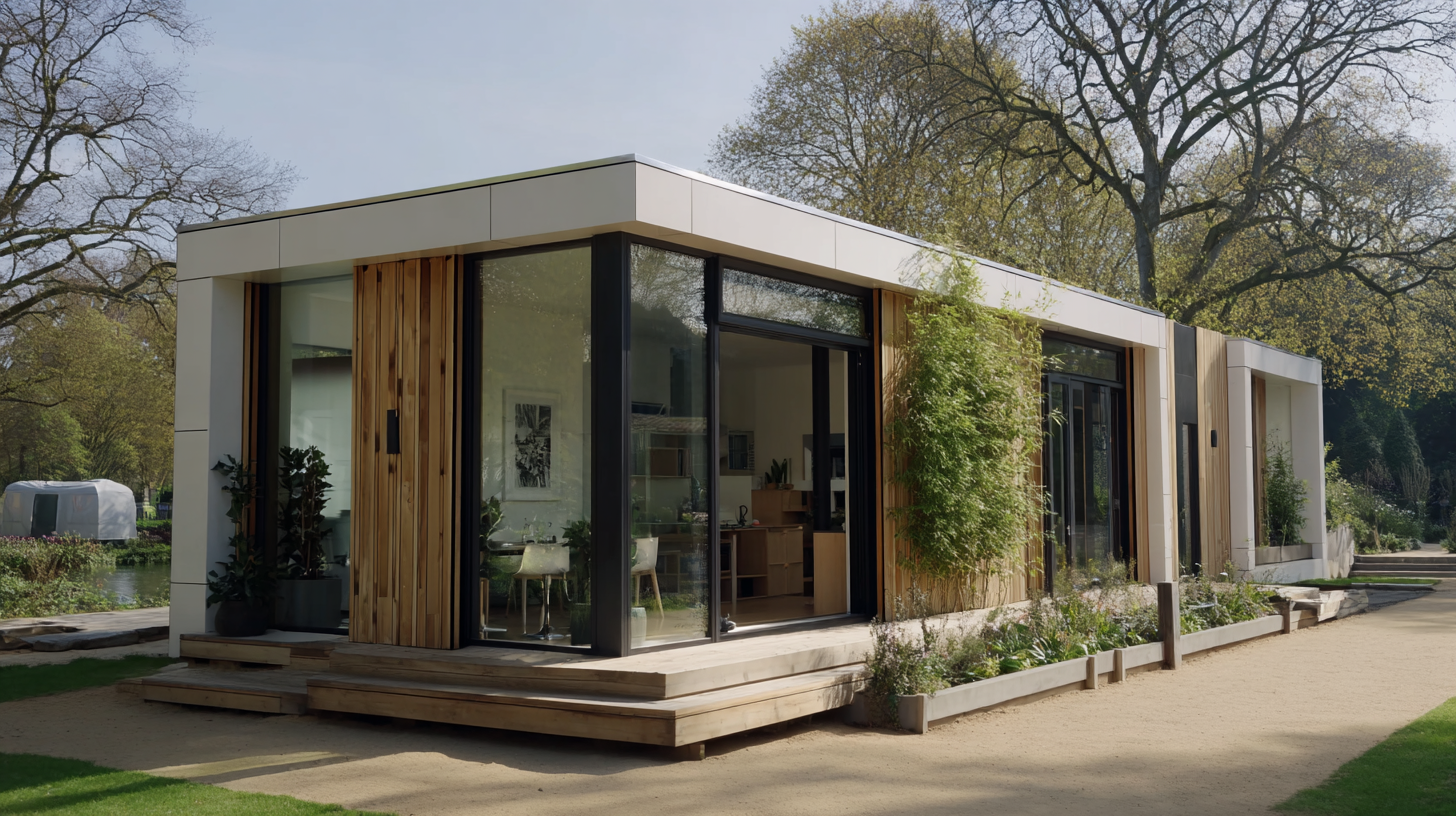 As urbanization and environmental concerns escalate, the concept of sustainable living is gaining momentum, with prefabricated houses emerging as a viable solution in modern architecture. According to the International Organization for Standardization, the prefabricated housing market is projected to grow at a compound annual growth rate (CAGR) of 7% from 2021 to 2026, driven by the demand for faster construction processes and reduced labor costs.
Furthermore, a study by McKinsey & Company indicates that prefabricated buildings can reduce material waste by up to 20% and cut construction time by 30% compared to traditional methods. This innovative approach not only offers a pathway to efficient and cost-effective housing solutions but also aligns with the growing preference for eco-friendly living environments. As the industry evolves, it is clear that prefabricated houses are not just a trend, but a fundamental shift towards more sustainable and resilient urban development.
As urbanization and environmental concerns escalate, the concept of sustainable living is gaining momentum, with prefabricated houses emerging as a viable solution in modern architecture. According to the International Organization for Standardization, the prefabricated housing market is projected to grow at a compound annual growth rate (CAGR) of 7% from 2021 to 2026, driven by the demand for faster construction processes and reduced labor costs.
Furthermore, a study by McKinsey & Company indicates that prefabricated buildings can reduce material waste by up to 20% and cut construction time by 30% compared to traditional methods. This innovative approach not only offers a pathway to efficient and cost-effective housing solutions but also aligns with the growing preference for eco-friendly living environments. As the industry evolves, it is clear that prefabricated houses are not just a trend, but a fundamental shift towards more sustainable and resilient urban development.
The Evolution of Prefabricated Houses in Sustainable Architecture
The evolution of prefabricated houses in sustainable architecture has marked a significant shift in how we approach building design and construction. Initially developed in the early 20th century, prefabricated homes were limited in style and functionality. However, advancements in technology and design have transformed these structures into innovative solutions that prioritize environmental sustainability. Modern prefabricated houses utilize eco-friendly materials, energy-efficient systems, and advanced manufacturing techniques, allowing for reduced waste and carbon footprint during construction.

As architects and designers increasingly embrace sustainability, prefabricated houses are becoming more versatile and appealing to homeowners. They offer a faster, more cost-effective alternative to traditional building methods while maintaining high aesthetic standards. Innovations such as modular designs, which can be customized to fit various landscapes and personal preferences, further enhance their attractiveness. This evolution not only reflects a growing awareness of environmental concerns but also signifies a reimagining of what homes can be in our quest for sustainable living.
Benefits of Prefabricated Construction in Reducing Environmental Impact
The benefits of prefabricated construction in reducing environmental impact are becoming increasingly recognized as a vital component of sustainable living. Prefabricated houses are built off-site in controlled factory environments, which significantly minimizes waste generation. Traditional construction methods often lead to excessive material waste and inefficiencies, while prefabrication optimizes resource use, allowing for precise cutting and assembly. This not only leads to a reduction in the amount of raw materials needed but also minimizes the carbon footprint associated with transportation and on-site construction activities.

Additionally, prefabricated homes often leverage innovative materials and energy-efficient technologies that enhance their sustainability. Many prefabricated designs incorporate features such as solar panels and superior insulation that contribute to reduced energy consumption throughout the home's lifecycle. The modular nature of these homes allows for easier upgrades and repairs, prolonging their lifespan and reducing the need for new materials in the long run.
As cities and communities strive for greener building practices, prefabricated construction presents a compelling solution to meet both environmental goals and the housing demands of the future.
Innovative Technologies Driving Prefabricated Housing Solutions
The rise of prefabricated houses represents a significant shift towards sustainable living, driven by innovative technologies that enhance both efficiency and environmental responsibility.
Modular construction techniques allow for the rapid assembly of homes using pre-manufactured components, significantly reducing waste and energy consumption. By adopting this method, builders can minimize the impact on the environment, as the construction process generates far less debris compared to traditional building practices.
Advancements in technology, such as 3D printing and advanced robotics, are revolutionizing prefabricated housing solutions. These technologies enable the precise fabrication of materials, allowing for greater customization and the efficient use of resources. Moreover, the integration of smart home technologies into prefabricated designs not only boosts energy efficiency through automation but also enhances the overall living experience. As these innovative solutions continue to evolve, prefabricated houses are poised to become a cornerstone of modern architecture, offering sustainable, affordable, and adaptable living options for a growing population.
Case Studies: Successful Prefabricated Housing Projects Worldwide
The rise of prefabricated houses marks a significant shift in modern architecture, showcasing successful case studies that highlight their viability as a sustainable living solution. According to a report from the National Association of Home Builders, prefabricated homes can be constructed up to 30% faster than traditional homes, significantly reducing labor costs and construction waste. Notably, projects like the “FlatPak” in Portland, Oregon, exemplify this trend by offering adaptable, eco-friendly living spaces designed with minimal environmental impact. This project incorporates sustainable materials and energy-efficient technologies, reflecting a growing commitment to green living.
Globally, the impact of prefabricated housing can be observed in projects like the “Koda” modular homes in Estonia, which provide affordable housing options in urban areas. A study by McKinsey & Company highlights that the modular construction sector is expected to grow by 80% by 2030, driven by increasing demand for faster, cost-effective housing solutions. These innovative approaches not only address housing shortages but also pave the way for sustainable community development. With notable success stories emerging worldwide, prefabricated housing is increasingly seen as a viable path toward meeting future housing and environmental demands.
The Future Outlook: Challenges and Opportunities in Prefabricated Living
The rise of prefabricated houses presents both challenges and opportunities in the realm of sustainable living. On one hand, these structures offer significant advantages such as reduced construction time, lower labor costs, and minimized waste. As environmental concerns become more pressing, advancements in prefabrication techniques can lead to sustainable materials being utilized, enhancing energy efficiency and lowering carbon footprints. However, the integration of these practices into traditional construction sectors requires overcoming resistance to change and addressing regulatory hurdles, particularly in areas with stringent building codes.
On the other hand, the market for prefabricated homes is expanding as consumer preferences shift towards innovative and eco-friendly living solutions. The growing awareness of climate change and the need for affordable housing drives interest in modular designs. However, the challenge lies in scaling production while maintaining quality and customizability. Collaboration between architects, builders, and policymakers will be essential to develop frameworks that support the growth of prefabricated housing, ensuring that this modern architectural approach can fulfill its promise of sustainable and efficient living for future generations.
Exploring the Future of Sustainable Living: The Rise of Prefabricated Houses in Modern Architecture
| Dimension | Current Trends | Challenges | Opportunities |
|---|---|---|---|
| Environmental Impact | Increased use of eco-friendly materials | Supply chain sustainability issues | Incentives for green building practices |
| Cost Efficiency | Lower construction costs and time | Initial investment for prefabrication technology | Long-term savings on energy and resources |
| Design Flexibility | Customized modular designs | Building code regulations | Innovations in design technology |
| Integration of Technology | Smart home features becoming standard | Cybersecurity concerns | Growth of IoT in housing solutions |
| Market Acceptance | Increasing popularity among millennials | Cultural stigma against prefabrication | Raising awareness through education and outreach |
Related Posts
-

Exploring Global Success Stories: Innovative Applications of the Best Prefabricated Houses
-
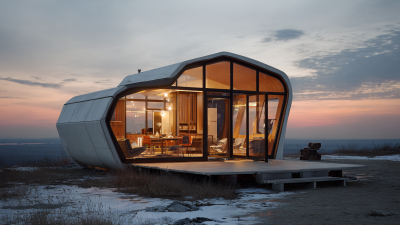
7 Innovative Ways a Modular Space House Can Transform Your Living Experience
-
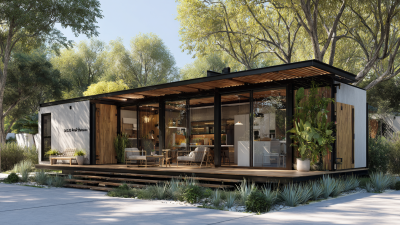
Embracing the Future: The Ultimate Guide to Sustainable Living in Modular Homes
-
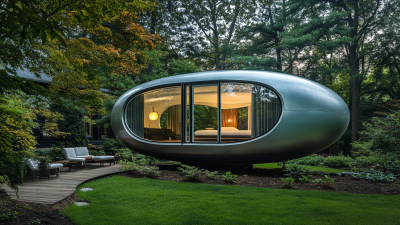
Ultimate Guide to Finding the Perfect Capsule House for Your Commercial Needs
-
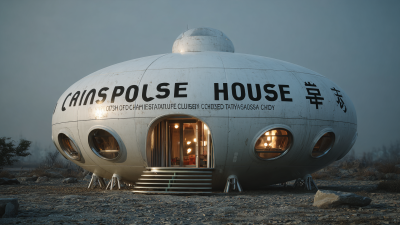
Crafted in China Trust Built Globally with the Best Chinese Capsule House
-

Innovative Examples of Modular Space Capsule Home Designs for Modern Living
